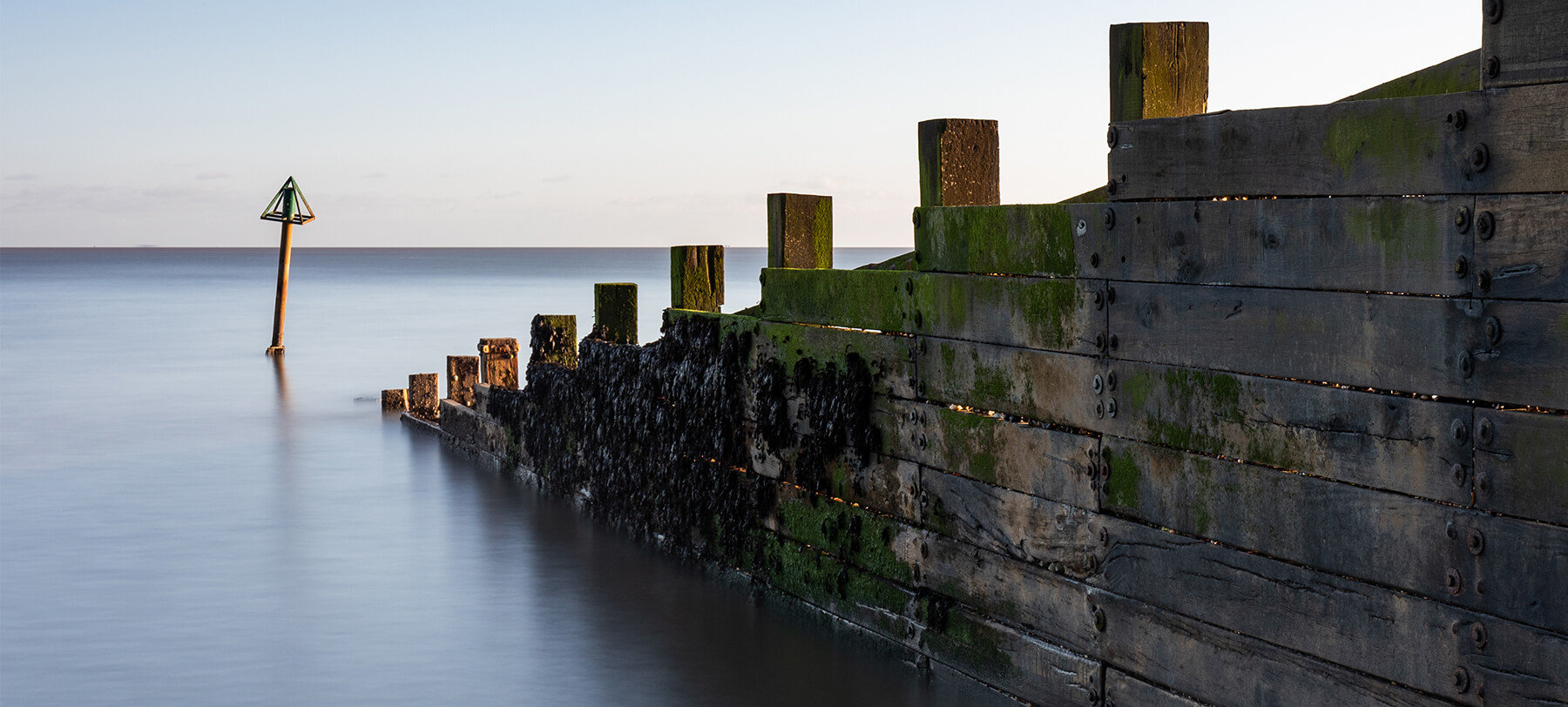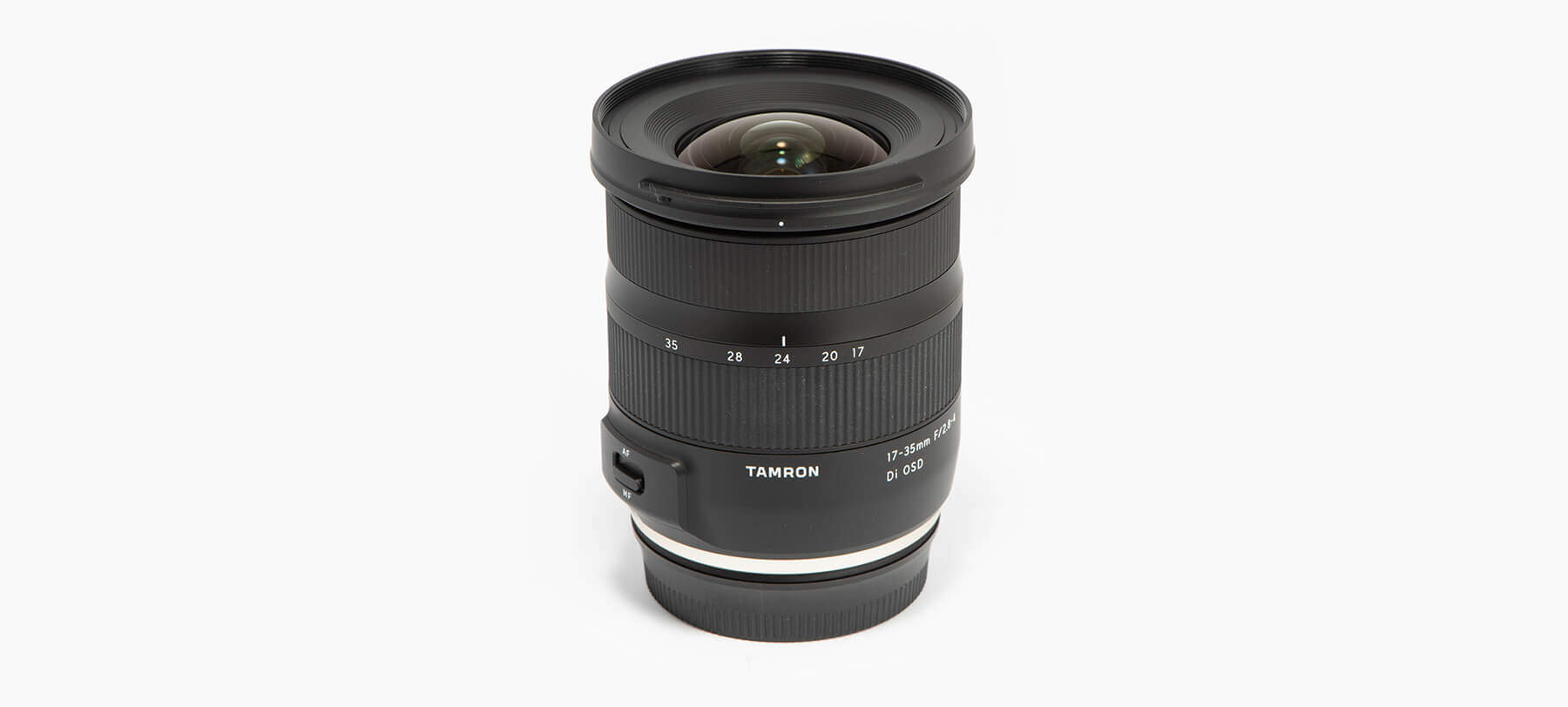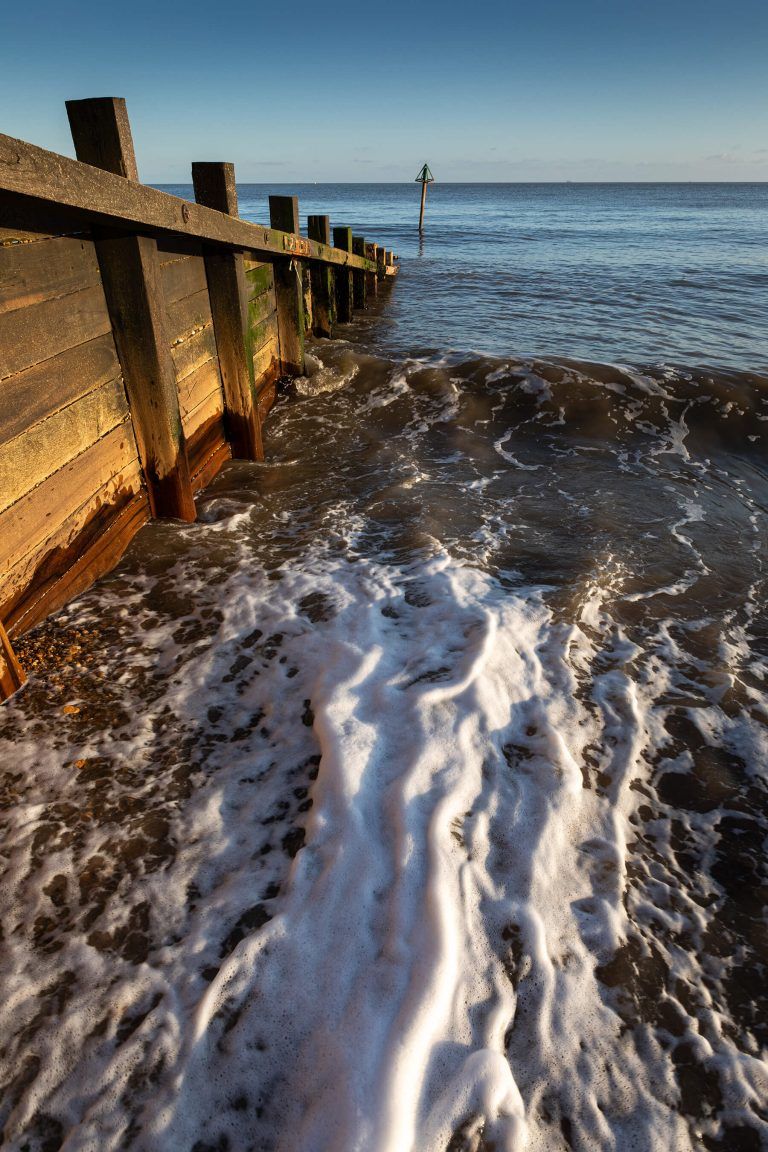
Tamron 17-35mm f/2.8-4 Di OSD test: wide, wider, widest
Posted on Feb 18, 2020
To make the most of sweeping lines, awesome foregrounds and big skies, what you need is a wide-angle lens. Better still, what you really, really need for total versatility is a wide-angle zoom, a lens like the Tamron 17-35mm f/2.8-4 Di OSD. PN’s editor takes it out for a trip to the coast.
SPONSORED BY TAMRON
Experienced landscape photographers use telephoto lenses to isolate detail, exploit shallow depth-of-field effects and compress perspective; when they want dramatic foregrounds, powerful lead-in lines and massive back-to-front sharpness, it’s time for the wide-angle lens.
Tamron’s range has the perfect duo to encompass both approaches: the 35-150mm f/2.8-4 Di VC OSD covering telephoto needs; and the 17-35mm f/2.8-4 Di OSD giving a seamless transition to the world of the wide. Together they make a formidable, lightweight and high-performing combination, and not just for landscape photography but for general shooting, too. We’ll be exploring the potential of the 35-150mm f/2.8-4 Di VC OSD in the next issue, and concentrating on the 17-35mm f/2.8-4 Di OSD here.

Going from a moderately wide 35mm view for an almost normal, human-eye perspective to a 17mm setting which is about as wide as most photographers would want to go, the Tamron’s 17-35mm f/2.8-4 Di OSD is available in Canon EF and Nikon F mounts and suits full-frame and APS-C format DSLR cameras.
I used it on a Canon EOS 5D Mark IV, a popular and capable full-frame DSLR camera. The lens and camera make for a lovely, balanced and user-friendly combination that handles really well. The lens’ autofocus motor is Tamron’s own OSD (Optimised Silent Drive) that gives fast, silent focusing and is very precise; an important attribute even with wide-angle lenses where there is good depth-of-field even at mid apertures.
For my shoot at the seaside town of Felixstowe, I was blessed with clear blue skies with literally not a cloud in the sky, and the low winter sun was doing a great job of highlighting texture and detail. But there was a potential problem too – that of flare and ghosting when shooting towards light. However, Tamron’s BBAR (Broad-Band Anti Reflection) multi-coating did a fine job combating the issue of flare when the sun was in the frame, and although I got a few flare spots, contrast remained high.

The versatility of the Tamron’s 17-35mm f/2.8-4 Di OSD focal length proved a huge benefit. At the 35mm end, perspective was akin to that of the human eye, so ideal for general views, but as soon as you ventured further into the wide-angle settings, all manner of creative avenues opened up. That said, with any lens the most powerful tool in your locker is the camera viewpoint and that is especially true with wide lenses. A step to the left or to the right, crouching down for a low shooting angle, standing tall and pointing the camera down or going for a vertically framed composition are all techniques essential to making the most of a wide-angle’s potential.
All the focal lengths of this lens are covered in less than a quarter of its smooth zoom barrel so exploring the options while the camera is up to your eye is no problem at all, and with the sun shining brightly, I had the lens stopped down to f/11. This is a high-performing lens at all apertures but using it at f/8 or f/11 shows its optical skills at their best, plus there’s the benefit of extensive depth-of-field for that sharpness and crisp detail from front to back which is so important with wide-angle scenic photography. To make the most of this, I aimed the single focus zone at a point one third into the scene and using the camera’s focus lock, I then reframed the shot.
As light levels fell, I opted to shoot on a tripod. This lens does not feature Tamron’s respected VC (Vibration Compensation) system and although I was confident handholding it to 1/15sec, I wanted to continue shooting at small apertures and I wanted to do a few filter shots too. The filter thread size is 77mm and I found that even with a polariser used at the lens’s widest 17mm setting there were no issues with vignetting.

My last few shots as the sun dipped below the horizon coincided with high tide. With the camera low down on a tripod, I was trying to capture the onrushing foamy white water when an aggressive wave caught me unawares. When I looked down I realised the lens front was wearing eau de North Sea. No problem, though; the lens’s protective fluorine coat meant a quick wipe of a microfibre lens cloth sorted that with no smearing or salty residue left behind.
The Tamron 17-35mm f/2.8-4 Di OSD proved itself an excellent and agreeable partner for my scenic shoot, thanks to its portability, great handling and optical performance.
Next month: Tamron 35-150mm f/2.8-4 Di VC OSD
For more information, please visit the Tamron website.




